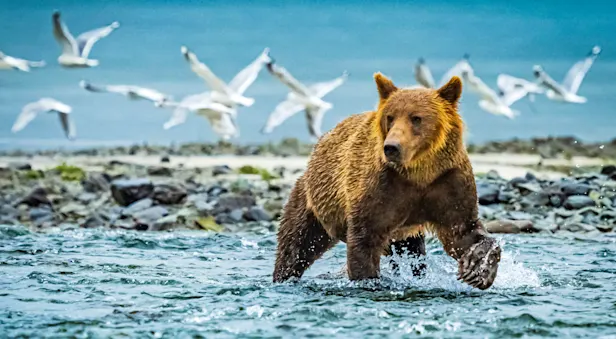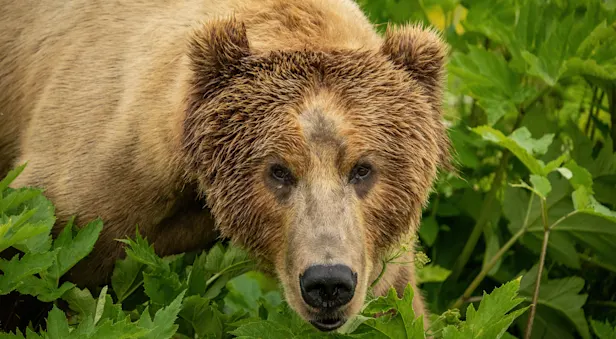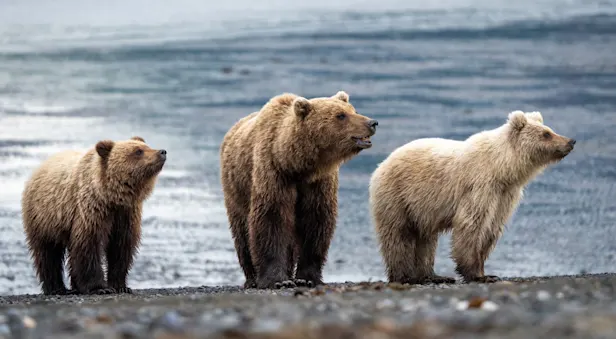Alaska abounds with wilderness on a scale unmatched in the Lower 48. With 17 of the 20 highest peaks in North America, 100,000 glaciers, some 9,000 rivers and 3 million lakes, Alaska supports a tremendous abundance of wildlife—moose, caribou, Dall sheep, wolves, whales, puffins, bald eagles, sea lions, sea otters…and 30,000 brown bears. All of our small-group adventures and Photo Expeditions offer exciting bear viewing, and much more. You won’t find a more authentic encounter with wild Alaska!
Classic Nature Tours
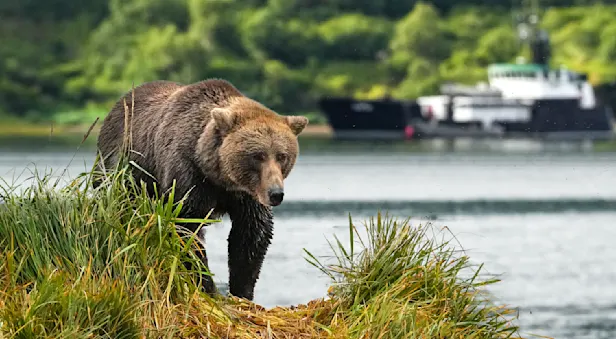
Alaska's Grizzly Ship: Kodiak to Katmai
An exclusive small-ship adventure to view giant brown bears—the world's largest "coastal grizzlies"—up close! Walk the shores as bears dig for clams, forage for sedges and pursue salmon in season in tidal streams.

Photo Expeditions
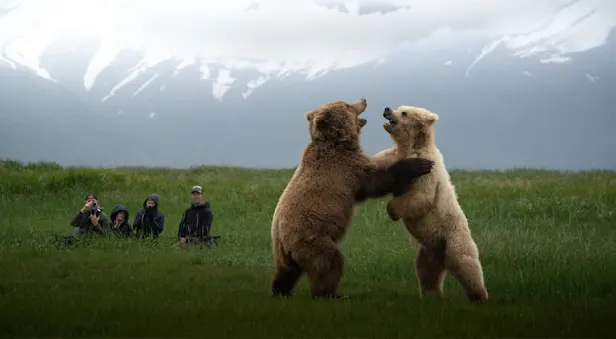
Grizzly Ship Photo Expedition: Kodiak to Katmai
Based aboard our private small ship, just eight guests photograph brown bears in the roadless Katmai wilderness, going ashore with an expert bear naturalist and photography pro who knows these animals intimately.


Fat Bears of Brooks Falls Photo Expedition
Capture shots of the fat and famous brown bears of Katmai National Park in the fall, once Brooks Lodge closes and visitors dwindle—we fly by private floatplane to watch them plunk on the pounds as they gorge on the salmon that remain.





















